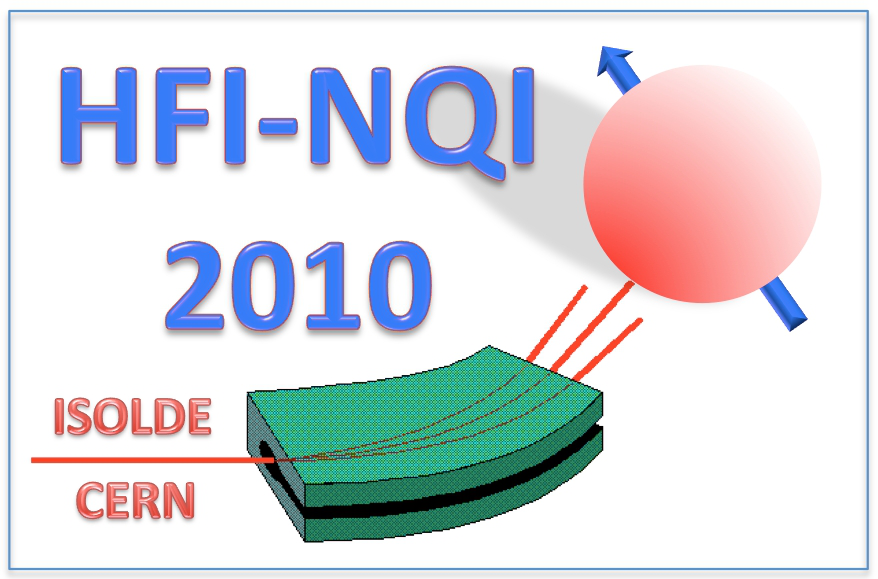Speaker
Mr
Daniel Juergens
(II. Physikalisches Institut, Universitaet Goettingen)
Description
Nanolaminated layered ternary carbides and nitrides, the so called M(n+1)AXn phases where M is an early transition metal, A an A-group element (mostly IIIA and IVA), X either carbon and/or nitrogen and n = 1-3, have attracted great attention recently. By now over 60 compounds are known which feature a unique combination of the best attributes of both metals and high-performance ceramics. This class of materials possesses for instance good electrical and thermal conductivities as well as considerable damage tolerance and high temperature oxidation resistance. The method of perturbed angular correlation (PAC) was chosen for material characterization complementary to X-ray diffraction and electron microscopy. The PAC technique was applied in extension to previous experiments on In-containing Ti2InC and Zr2InC (see first abstract) for the first time to Nb2AlC, Nb2AsC, Ti2AlN and Cr2GeC. R(t) spectra were taken after different annealing steps to determine strength and symmetry of the electric field gradients (EFG) as a fingerprint for probe atoms on a specific lattice site and local surrounding. Each material showed axially symmetric EFGs similar to the ones found in the indium containing phases. Consequently we assume that these EFGs are due to probes occupying the A-site. This assumption is supported by ab initio DFT calculations using the FP-LAPW+LO method implemented in the WIEN2k package. During the course of annealing in some of the MAX phases, other smaller EFGs appeared which might be explained by probes on the M-site. To verify this prediction further calculations are needed and planned for the near future.
| Are you a student, a delegate from developing countries or a participant with physical needs and would like to apply for a sponsored accomodation. Please answer with yes or no. | no |
|---|---|
| Please specify whether you would prefer an oral or poster contribution. | Poster contribution |
Author
Mr
Daniel Juergens
(II. Physikalisches Institut, Universitaet Goettingen)
Co-authors
Prof.
Hans Hofsaess
(II. Physikalisches Institut, Universitaet Goettingen)
Prof.
Jose Mestnik-Filho
(Instituto de Pesquisas Energeticas e Nucleares)
Dr
Michael Uhrmacher
(II. Physikalisches Institut, Universitaet Goettingen)
Prof.
Michel W. Barsoum
(Department of Material Science and Engineering, Drexel University)
Dr
Ulrich Vetter
(II. Physikalisches Institut, Universitaet Goettingen)
